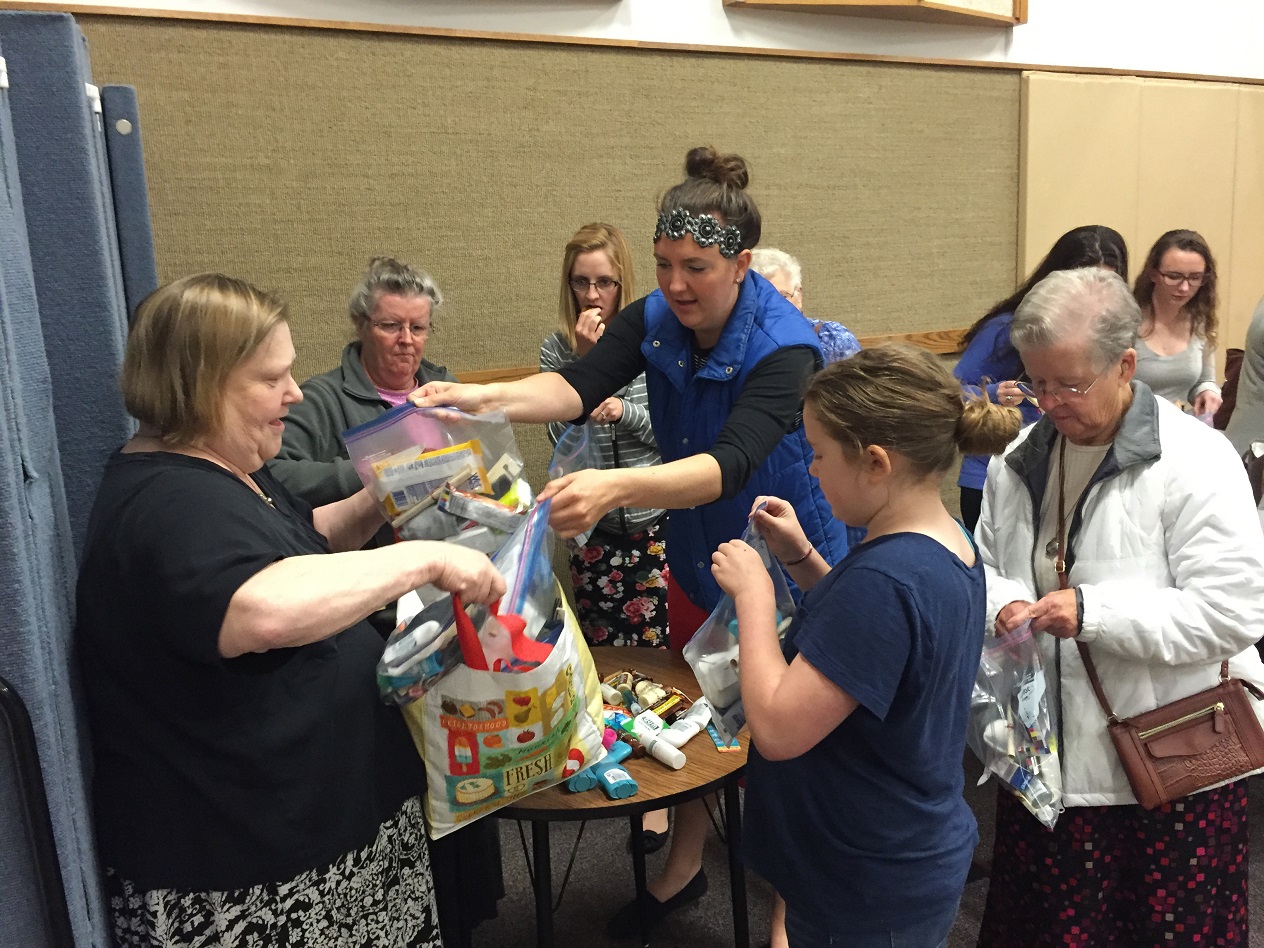Community members are working to find solutions for the issue of teen homeless in the Homer area ranging from providing resources for clothing and food to searching for a way to legally house minors without a roof over their heads.
Homelessness in Homer looks different than many people picture the situation, said Jane Dunn, the Kenai Peninsula Borough School District homeless liaison serving southern peninsula and Ninilchik schools. Very few homeless people are sleeping out on the streets, as one might see in a metropolis.
“There are people who are couch surfing, doubled up with family members, or staying in substandard housing,” Dunn said. If you’re staying in a trailer full of mold or a house with a roof caving in, that’s not suitable housing.”
Dunn helps families experiencing housing difficulties and unaccompanied youth, or youth not living with their parents or guardians. Currently, she has a caseload of about 60 students between the two categories. Districtwide, there are about 200 students, she said.
Dunn meets with families and youth that are referred to her, usually by guidance counselors or other school staff, and helps them sign up for public assistance so they can have access to health care, as well as helps find them school supplies, clothing, toiletries. She also connects them with free breakfast and lunch programs at the schools.
Everyone’s needs differ, so how Dunn assists students and their families vary depending on their situations, she said.
Public assistance can be tricky, as there is a long wait time for people seeking help, Dunn said. Food stamps tend to happen a little faster than health care, she said.
Prepaid cell phones can be a lifeline for youth living on their own, giving them the ability to call someone if they need help. The Rec Room raised money a couple years ago and purchased prepaid phones for Dunn to give out. She just handed out the last one, she said.
“It’s a very rewarding and really interesting job,” Dunn said. “I’ve learned a lot about philanthropy and about how appreciated every little effort is for people who really need it.”
Youth without a stable living situation often face judgment from the community, which Dunn would like to dispel, she said. Many of these teens work jobs in addition to going to school.
“I know there’s a stigma that homeless teens are more likely to be involved with drugs or nefarious characters, but the truth is that some of the teens I work with are the most hardworking people I know,” Dunn said. “They are more responsible than some adults.”
Even the most hardworking students who do not have a stable home life face challenges in school, as doing things like completing homework — something routine for many students — becomes more difficult. Though the Homer Public Library is one place students can go to do work, there is not a place in town for students to go if they do not have a home to sleep in each night.
“It’s hard to get your homework done if you don’t have a stable home every night. If you’re couch surfing — staying with your friends — you can leave your backpack somewhere, and you don’t have a phone to get it,” Dunn said. “You have lack of sleep because if you’re sleeping on someone’s couch or you don’t know where you’re sleeping, it’s hard to get good sleep.”
Additionally, homelessness can look like camping out during the warmer months, which can leave teens at the mercy of nature — dangerous in Alaska if a person does not know basic camping safety.
“I had to inform one of the students about bear safety and how to keep their food away so they wouldn’t be in danger of a bear attack when they’re trying to live day to day,” Dunn said.
Christin Fankhauser with the Salvation Army is working with a group of individuals within the community to resolve the lack of shelter for teens. Housing unaccompanied minors presents the possibility of sticky legal situations, so the project must answer both questions of where and how to give homeless youth shelter.
“We want to make sure that we’re staying within whatever parameters of the law when it comes to adults sheltering other people’s children. Minors who are not emancipated cannot legally make those decisions themselves. Could a family get into trouble for harboring a runaway?” Fankhauser said. “And then of course background checks so there will be no history of abuse or issues there, so we know that home is safe for whoever we recommend. We’re working on figuring out how to do all that legally.”
The plan is to create a network of safe homes, rather than a shelter. Most youth have expressed that they would rather be in a home than a shelter, which feels too institutional to them, Fankhauser said. However the group also wants to work toward creating a shelter in Homer, which could cater to adults and families who need shelter and help them get plugged into resources and to become self-sufficient eventually.
The core group of community members and organization representatives has been working to lay the groundwork for the program before involving more people.
“Right now there’s a core group trying to keep it going, doing the legal and background work, looking at grants, community needs assessment, laws, successful programs so we can model that ourselves,” Fankhauser said. “Once we get through those hurdles that are difficult then we can start plugging in the interested individuals looking to make a difference.”


